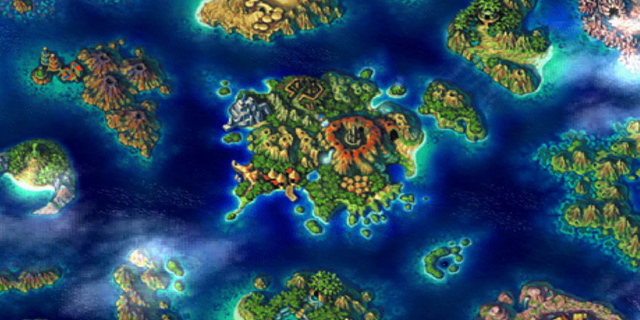
A complaint I read about often is that the video game industry spawns far too many sequels. Fans would like to see more fresh, original games that aren’t part of a set series, or based on a movie or TV show. I understand the frustration, and video games aren’t alone in this regard. The movie industry is plagued with sequels, many are based on graphic novels or books. Most of them also happen to be insanely profitable, which is why you’ll continue seeing them made, for better or for worse.
I’m of the mindset that if a game (or movie) is good, it doesn’t matter what the content is derived from. Doesn’t matter what genre, or if it’s a remake. I come to be entertained and, if you’ve been reading previous Serotonin entries, you know my other goal is to feel. How did the sequel make me feel? Was it a tired re-tread of old material that didn’t touch down anywhere near originality? Or was it a completely new take? A modern upgrade for a modern society, while still retaining qualities and characters that made the franchise so lovable in the first place. It is an extremely difficult line to walk, and games don’t get a free pass.
There are even more sequels in video games than in movies, and they have an even bigger challenge. Not only do you have the option of advancing the storyline from the previous game, but you also have the option of changing the gameplay. Do you need an entirely new engine? How much, if any, upgrading do the graphics need? Are there are some gameplay quirks that need to be changed? Do we listen to fans and keep the balanced multiplayer intact (but stale), or do we take a risk and overhaul the entire system?
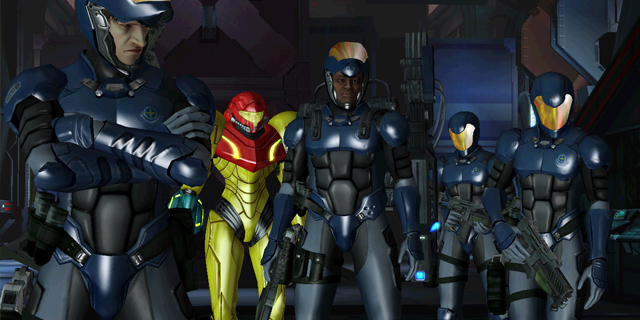
Some game companies choose a different path, resulting in different risks. Since these sequels don’t have a set number in the title, it means they can be considered separate from the series canon. Or, if the game is good, they can be considered part of canon. Confused?
Canon is loosely defined as the overall story arch of a particular series. I say loosely because in our world of countless sequels, it is difficult to determine what works are canon and what aren’t. If a game is condemned in reviews and abhorred by fans, they will do their very best to refute it entirely. Clearly not part of canon (even if that was the intention). If an unexpected surprise comes along, that could be slotted into canon. Or one element of the story could continue on and be elaborated upon in the next installment, while another element could be totally ignored. The games I’m about to mention are an odd breed; they’re not quite official sequels, but could be considered canon. What makes them work? Is the connection to the series warranted, or should they have been developed into full-blown sequels?
A different kind of sequel, and a different kind of risk. Three games in particular come to mind. They each took risks, were a sequel in some sense and took a very different approach…for better or for worse.
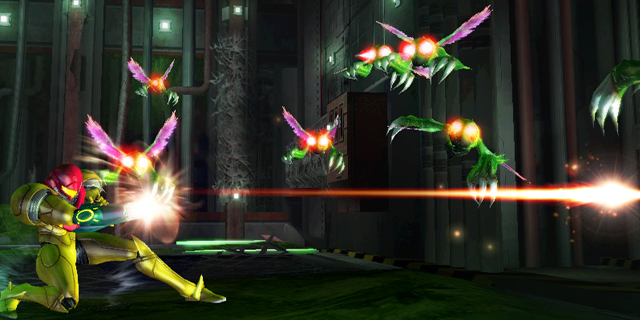
I have to begin with Metroid: Other M. The Metroid series is of very high quality as a whole. It’s not as much a platformer as Mario and not as item-centric as Zelda, but somewhere in between. It has the distinction of having nearly every game in the series be critically acclaimed and loved by fans, albeit a smaller fanbase than Nintendo’s other two heavy hitters.
Following Retro Studios’ spectacular trilogy, people were uncertain on what the next Metroid game would be. Would it return to its roots and be completely in 2D? Would it be another 3D adventure, similar to Metroid Prime? Team Ninja was given the reins. Chronologically, it would take place right after Super Metroid, but before Metroid Fusion. Critically, it wouldn’t come close to either.
The gameplay was a 2D-3D hybrid. In some parts, it worked quite well. Samus ran very fast, and the actions of jumping, shooting and evading in third-person felt, and looked, great. The graphics weren’t incredible, but passable certainly (for the Wii, don’t throw stuff at me). No failing grade yet on this different kind of sequel. Searching for items and backtracking is a Metroid staple that comes home again here. It works. It feels traditional, but in a fresh way. Cool.
This is certainly the most cinematic Metroid; great emphasis was taken to developing cutscenes, which look much better than the rest of the game (pity they’re too long and unskippable). Samus goes into long monologues about her past; we see flashback memories throughout the game. We really get into Samus Aran’s head, in more ways than one. However, in a move that even the most inexperienced gamer could see was wrong, Team Ninja screwed up in a major way in regards to Samus’ character. It is here we see that a different type of sequel can cause damage to a series.
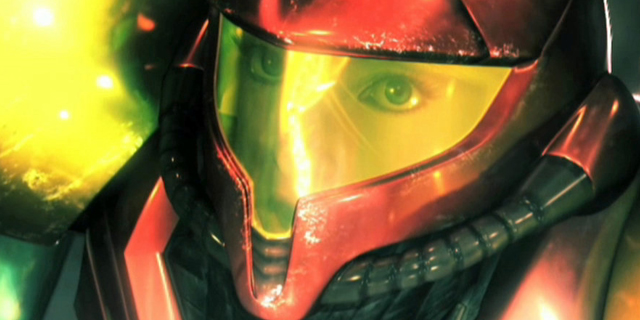
Samus Aran is a female bounty hunter. She usually fights hordes of creatures on alien planets completely alone. The feeling of isolation, and inner strength to pursue, is a common theme for the character. She doesn’t take orders. She is a strong, capable female action star.
Yet in Metroid: Other M, we are subjected to a series of whiny monologues about how she feels about her former commanding officer, Adam. How she would do anything to gain his respect, how she wouldn’t let him down, how much she wanted him to respect her. It’s all a bit juvenile, to be honest. This is not the Samus we knew, or are interested in learning about. She shouldn’t be worrying about what a man (who no longer commands her) thinks about her all the time. She has a mission to carry out! Did I mention she gets anxiety attacks in critical moments? Something we never saw in previous Metroid games. And, the final insult, Samus cannot user her abilities unless she gets permission from her old commander. Even in life-threatening situations, like running from boiling lava or having Ridley the giant alien dragon showing her his pearly whites, she must wait until Adam gives the go ahead to use the lava protection suit, or the most powerful gun.
Sheesh. A far cry from the traditional Metroid history of finding key items and utilizing them in every situation, because you’re on a dangerous planet and you have to use every tool in your arsenal to survive. Never mind the bullshit excuse they try to lay on the player as to why Samus has to wait for “permission” to use her weapons. You’ve completely changed the character into a sexist, whiny, emotionally-unstable person. It’s almost a shame the gameplay’s foundation is sound; if it weren’t, it would be easier to write this one off altogether and not include it in the Metroid canon. No doubt the next Metroid game will not embrace the character change found in Other M.
Okay, so Metroid: Other M didn’t work out all that well. What about a different kind of sequel that did? That would be Baten Kaitos Origins.
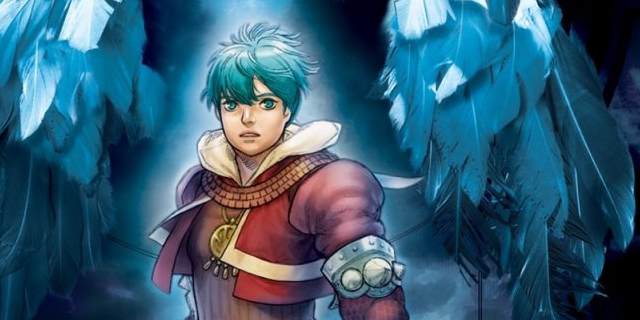
Baten Kaitos Origins is the prequel of one of my favorite games of all time, Baten Kaitos. The original hit me like a tidal wave of fun; I wasn’t wearing a bathing suit. I had no idea what the game was. It was from two stellar developers, tri-Crescendo and Monolith Soft, and incorporated traditional JRPG mechanics into a beautiful looking game with a card-based battle system. For me, it was a breath of fresh air. Every small decision they made to distance themselves from just another JRPG worked. I loved it.
BKO came out two years after BK, but it was a prequel. Guh. I hate prequels. There’s rarely the same sense of wonder as you see in an original work, and the end goal is already laid out for you. I know that character can’t die, because I played as him 20 years later. Nope, not going to like this one.
I change my mind a lot. I have the uncanny ability to be wrong sometimes, and be eager when I realize I was at fault and embrace an entirely new mindset (unless you ask my sisters, who will no doubt tell you that I’m the most stubborn person alive). Some people call this “flip-flopping” or “wishy-washy”. I call it BKO-ing. It took all of about five minutes into the game to realize I was going to love it. Oh sure, they changed a few things with the gameplay that I wasn’t entirely a fan of (combining all character’s abilities into a single deck changes things drastically), but it did introduce three completely new characters. And the good news is that one of them is the most delightfully-wicked protagonist in any game I’ve played. His (or her?) name is Guillo.

This is the kind of risk I like to see. Since we’re in a prequel setting, and not in a direct sequel with the same characters, we are open to completely new characters without being disappointed that we’re not controlling the old ones. The setting is recognizable, and our previous memory of the first game becomes fresh again without it being too far out of reach.
Back to Guillo. He’s a robot. Or maybe it’s a she. He threatens to eat people, she’s voiced by a male and female actor. It(?) is very direct and often hilarious, with a side order of creepy and dark. Fighting an evil version of him is one of the series’ toughest boss fights, in a series with insanely tough boss fights. Bravo, different kind of sequel. This is the kind of character that will make people continue playing.
But what really makes BKO a successful kind of odd sequel is the commitment to the plot. It’s a side story with different characters, but completely ties into the chronological sequel in a big way. The major twist in the game is on par with the twist in the original BK and I won’t spoil either for you. Suffice to say, it belongs in some top list of biggest and best twists ever. You don’t see it coming, it makes perfect sense, it’s scary and it ties into the original game. You feel rewarded for having played the first one, as the twist completes not just one game of buildup, but two. Total sideswipe and worth the risk. Well done, tri-Crescendo and Monolith Soft. And Guillo? Please don’t eat me.
So we have one kind of risky, different sequel that didn’t pay off. One that did. The last one I’m about to mention is a mixture of the two.
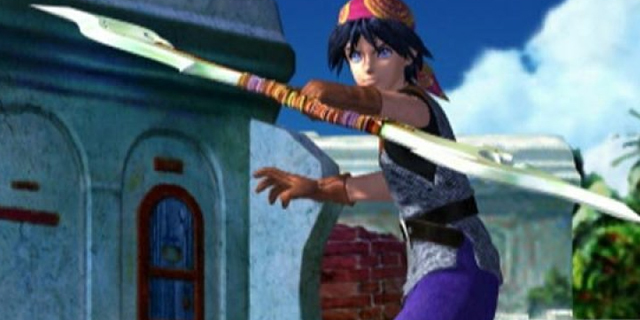
I’ve heard Chrono Cross described as a fantastic game, but a terrible sequel. Loyal readers know that I love Chrono Trigger. When I first saw the trailer for Chrono Cross, I nearly had a heart attack. It’s still one of the best trailers I’ve ever seen. Beautiful, colorful graphics. Celtic music featured heavily. And it has characters from my favorite game in not-so glorious 3D! (PlayStation graphics haven’t aged well.) This was a can’t-miss. I couldn’t wait to find out what happened to Magus, searching for Schala. And Robo! Oh boy, I hope I get to play as Robo.
Still waiting on that one.
Chrono Cross shares part of its predecessor’s name, but there’s a reason it’s not called Chrono Trigger 2. While some connections do exist, it is not the game’s primary focus. This is a new, entirely self-contained story. It has a much different feel; it’s a bit more bloated, but has moments of true brilliance. It’s one of the few games that allows you to run away from boss fights. It has a creative magic system. The narrative is strong, if jumbled. It makes you care about (some of) the characters. Each village visited makes you hope that an eccentric billionaire will build a replica and invite you to run around and enjoy yourself. The Mediterranean island-like setting is fresh and a pleasure to explore.
But it’s different. It doesn’t visit old Chrono Trigger locations often. You don’t play as old Chrono Trigger characters. Double techs are there, but not as prevalent. You don’t get the same emotional connection to the characters, because there are 45 playable ones instead of seven. Every mention of Trigger is undeniably a tease, one that provided such an emotional response for me that I didn’t know whether to feel cheated or relieved. The plot of Cross requires immense concentration. Skipping dialogue quickly won’t help. Grinding isn’t necessary. It is worth playing through to the end, and then maybe again.
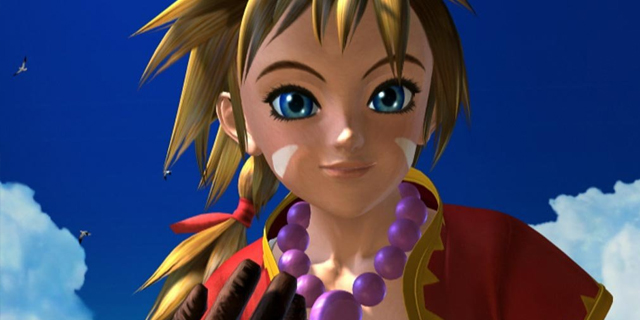
We want more of what we love. When fans connect with a story, part of them always wants to know more. Did they live happily ever after? How did she grow up? What does the future hold? We project common questions of our own lives onto fictional characters because we wish to share them with others, and remove the risk of having personal privacy violated or judged. It’s also less painful, but in a way, just as personal. With the recent news of Star Wars: Episode VII being confirmed, we’ll be hearing a lot about sequels and how “they better not screw it up.”
One of my favorite side stories is from a Justice League episode, “The Greatest Story Never Told.” It follows Booster Gold, a grunt in the superhero-filled Justice League. When chaos threatens the city, Booster Gold is eager to help. He does not have a good reputation among his peers; he craves fame and is constantly bragging about his abilities. Superman he isn’t. During the episode, Batman growls at him that he’s on “crowd control”. What follows is 23 minutes of perfect storytelling. You have character development of somebody you didn’t even know you cared about. You have familiar faces (Batman, Superman), but they’re not the main focus. You care. You’re surprised by the end. The story is self-contained, but rewards viewers who follow the series at the same time. Booster Gold undergoes an inspiring character change. This is the kind of sequel I like to see; one that respects the history of the series, but takes a risk and guides you in a different direction.



















